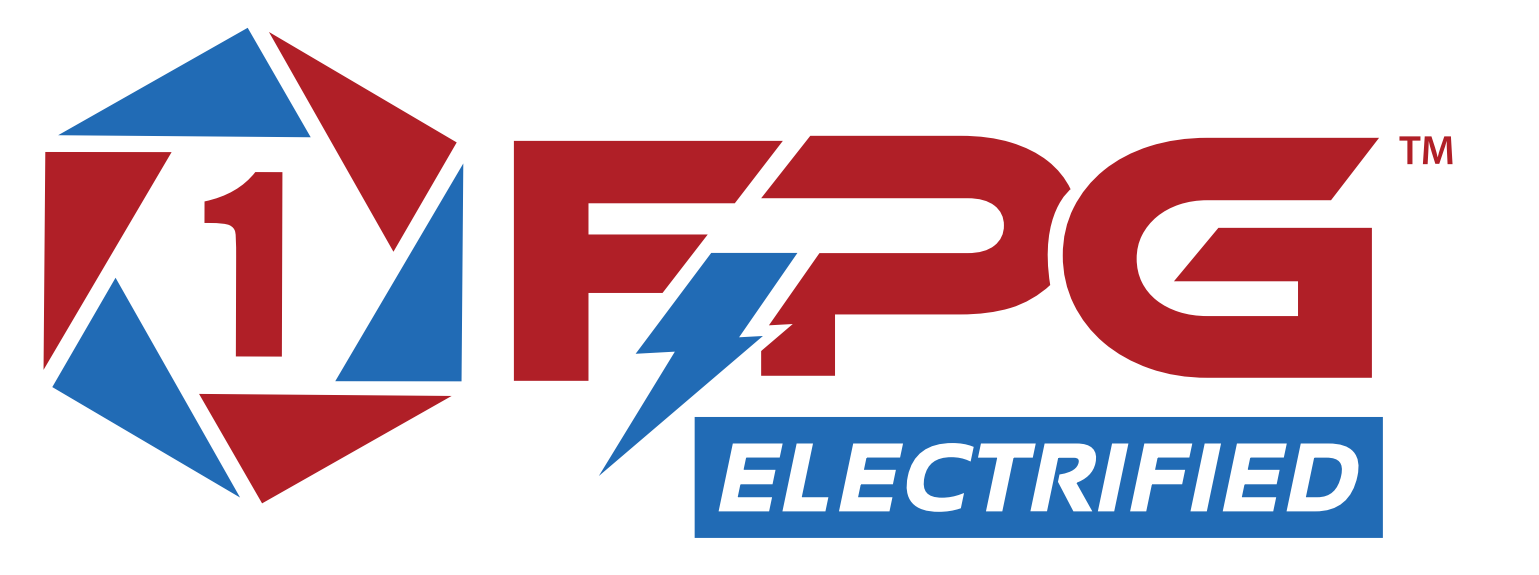Calculating the costs to repower fleet vehicles involves considerations around energy savings and capital/ operating budgets. While the upfront investment in vehicles and infrastructure is higher than for standard gas vehicles, the return over the long term is substantial and more than makes up for the higher purchase price. According to Consumer Reports’ analysis of electric vehicle ownership, owning an EV will save the typical driver $6,000 to $10,000 over the life of the vehicle compared to owning a comparable gas-powered vehicle.3 Savings occur primarily from lower fuel costs and reduced maintenance and repair. For medium duty vehicles, such as delivery vans, the savings are doubled. A cost/benefits analysis and funding strategy are part of the FPG’s EVFPS project deliverables.
- About Us
- EMS


- Conversions

- Body Shop
- Parts/Service
- Graphics
- Contact Us





